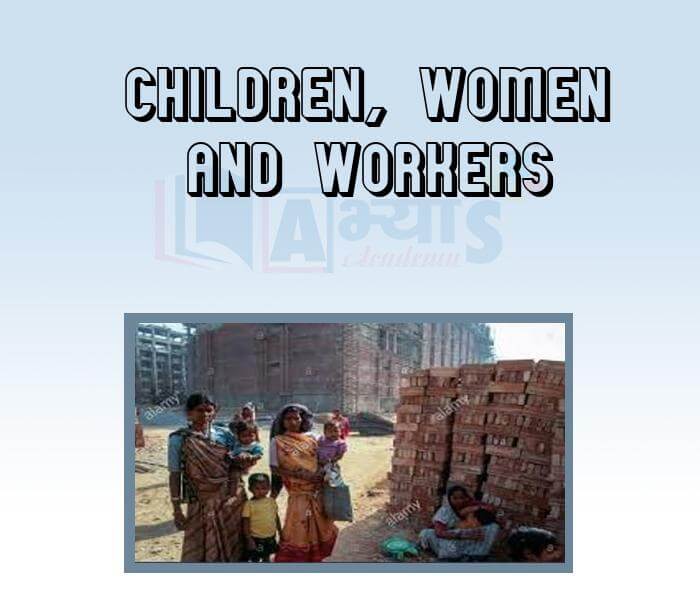Children, Women and Workers













Children, Women and Workers
Children, Women and Workers: As primary education became compulsory from the late 19th century, children became an important category of readers. Anything that was unsuitable for children or would appear vulgar to the elites, was changed. Women became important as readers as well as writers. Penny magazines were especially meant women, as these were full of essays about proper behavior and house-keeping. Some of the best known women novelists were Jane Austen, Eliot and the Bronte sisters (Anne, Emily Charlotte). Their writings became important in defining a new type of woman: a person with will, strength of personality, determination and the power to think, In the 19th century, lending Libraries in England became instruments for educating white-collar workers, artisans and lower-middle class people. Sometimes, self-educated working class people wrote political and autobiographies.
Children’s Press: The Grimm Brothers in Germany spent years for compiling traditional folk tales from peasants and stories were published in 1812. The children’s press was set up in France in 1857. This press published new works as well as old fairy tales and folk tales for children.
In what ways did women influence literature and education during the 19th century? Statement 1: Penny magazines, aimed at women, became platforms for sharing ideas about proper behavior and domestic life. Statement 2: Women writers during this period were discouraged from expressing their thoughts publicly and faced significant barriers in publishing. | |||
| Right Option : A | |||
| View Explanation | |||
How did compulsory primary education in the late 19th century influence literature? | |||
| Right Option : B | |||
| View Explanation | |||
Which of the following is NOT one of the famous women novelists mentioned? | |||
| Right Option : D | |||
| View Explanation | |||
Students / Parents Reviews [10]
My experience was very good with Abhyas academy. I am studying here from 6th class and I am satisfied by its results in my life. I improved a lot here ahead of school syllabus.

Ayan Ghosh
8thAbout Abhyas metholodology the teachers are very nice and hardworking toward students.The Centre Head Mrs Anu Sethi is also a brilliant teacher.Abhyas has taught me how to overcome problems and has always taken my doubts and suppoeted me.

Shreya Shrivastava
8thI have spent a wonderful time in Abhyas academy. It has made my reasoning more apt, English more stronger and Maths an interesting subject for me. It has given me a habbit of self studying

Yatharthi Sharma
10thAbhyas Methodology is very good. It is based on according to student and each child manages accordingly to its properly. Methodology has improved the abilities of students to shine them in future.

Manish Kumar
10thBeing a parent, I saw my daughter improvement in her studies by seeing a good result in all day to day compititive exam TMO, NSO, IEO etc and as well as studies. I have got a fruitful result from my daughter.

Prisha Gupta
8thIt was a good experience with Abhyas Academy. I even faced problems in starting but slowly and steadily overcomed. Especially reasoning classes helped me a lot.

Cheshta
10thIt has a great methodology. Students here can get analysis to their test quickly.We can learn easily through PPTs and the testing methods are good. We know that where we have to practice

Barkha Arora
10thA marvelous experience with Abhyas. I am glad to share that my ward has achieved more than enough at the Ambala ABHYAS centre. Years have passed on and more and more he has gained. May the centre flourish and develop day by day by the grace of God.

Archit Segal
7thAbhyas is a complete education Institute. Here extreme care is taken by teacher with the help of regular exam. Extra classes also conducted by the institute, if the student is weak.

Om Umang
10thMy experience with Abhyas is very good. I have learnt many things here like vedic maths and reasoning also. Teachers here first take our doubts and then there are assignments to verify our weak points.
